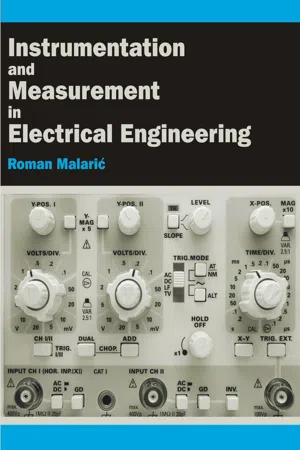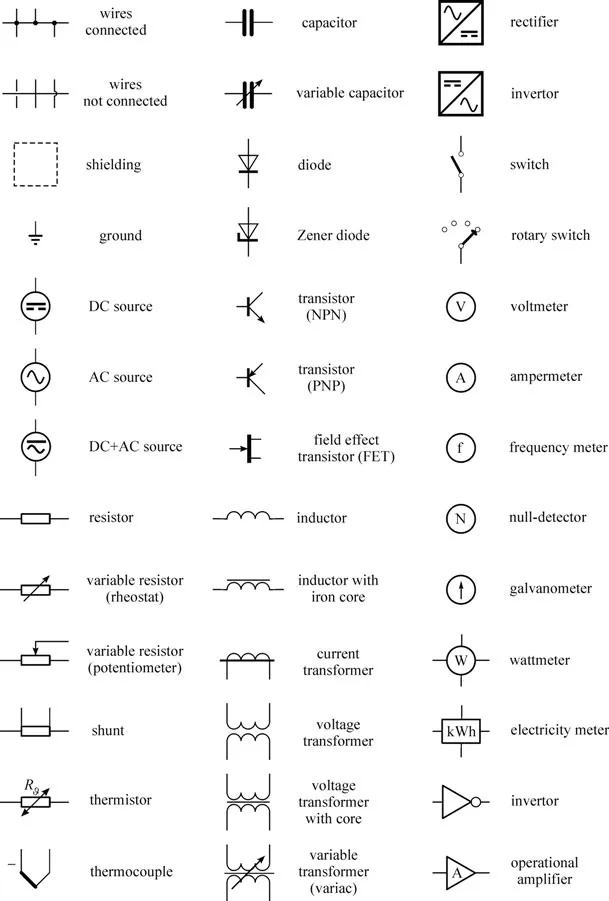

- 243 pages
- English
- ePUB (mobile friendly)
- Available on iOS & Android
Instrumentation and Measurement in Electrical Engineering
About this book
The inclusion of an electrical measurement course in the undergraduate curriculum of electrical engineering is important in forming the technical and scientific knowledge of future electrical engineers. This book explains the basic measurement techniques, instruments, and methods used in everyday practice. It covers in detail both analogue and digital instruments, measurements errors and uncertainty, instrument transformers, bridges, amplifiers, oscilloscopes, data acquisition, sensors, instrument controls and measurement systems. The reader will learn how to apply the most appropriate measurement method and instrument for a particular application, and how to assemble the measurement system from physical quantity to the digital data in a computer. The book is primarily intended to cover all necessary topics of instrumentation and measurement for students of electrical engineering, but can also serve as a reference for engineers and practitioners to expand or refresh their knowledge in this field.
Frequently asked questions
- Essential is ideal for learners and professionals who enjoy exploring a wide range of subjects. Access the Essential Library with 800,000+ trusted titles and best-sellers across business, personal growth, and the humanities. Includes unlimited reading time and Standard Read Aloud voice.
- Complete: Perfect for advanced learners and researchers needing full, unrestricted access. Unlock 1.4M+ books across hundreds of subjects, including academic and specialized titles. The Complete Plan also includes advanced features like Premium Read Aloud and Research Assistant.
Please note we cannot support devices running on iOS 13 and Android 7 or earlier. Learn more about using the app.
Information

Electrical Engineering
Electrical Engineering

BrownWalker Press
Boca Raton
All rights reserved.
No part of this book may be reproduced or transmitted in any form or by any means, electronic or mechanical, including photocopying, recording, or by any information storage and retrieval system, without written permission from the publisher.
BrownWalker Press
Boca Raton, Florida
USA • 2011
ISBN-10: 1-61233-500-4 (paper)
ISBN-13: 978-1-61233-500-1 (paper)
ISBN-10: 1-61233-501-2 (ebook)
ISBN-13: 978-1-61233-501-8 (ebook)
www.brownwalker.com

Table of contents
- Preface
- Acknowledgments